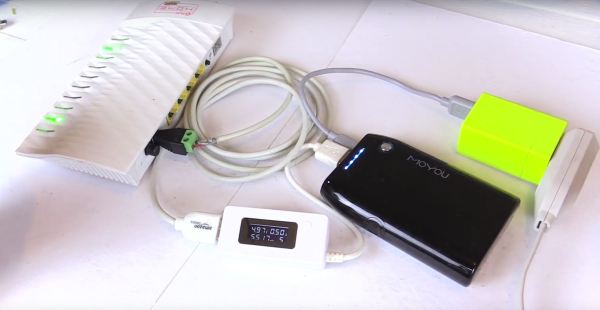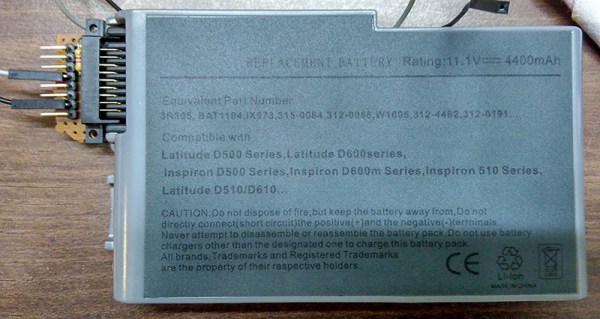The modern human’s worst nightmare: a power outage. Left without cat memes, Netflix, and — of course — Hackaday, there’s little to do except participate in the temporary anarchy that occurs when left without internet access. Lamenting over expensive and bulky uninterruptible power supplies, Youtube user [Gadget Addict] hacked together a UPS power bank that might just stave off the collapse of order in your household.
This simple and functional hack really amounts to snipping the end off of a USB power cable. The cable is then attached to a screw terminal to barrel connector adapter and plugged it into a pass-through power USB power bank. No, really — that’s all there is to it. [Gadget Addict] notes that while most modems and routers are designed to run off a 12V power supply, they still operate at 5V. He goes on to connect several router and router/modem combination units to the power bank. In each case the system appears to boot up and perform normally.
Continue reading “This Quick Hack Will Keep You Online During Your Next Power Outage”


















